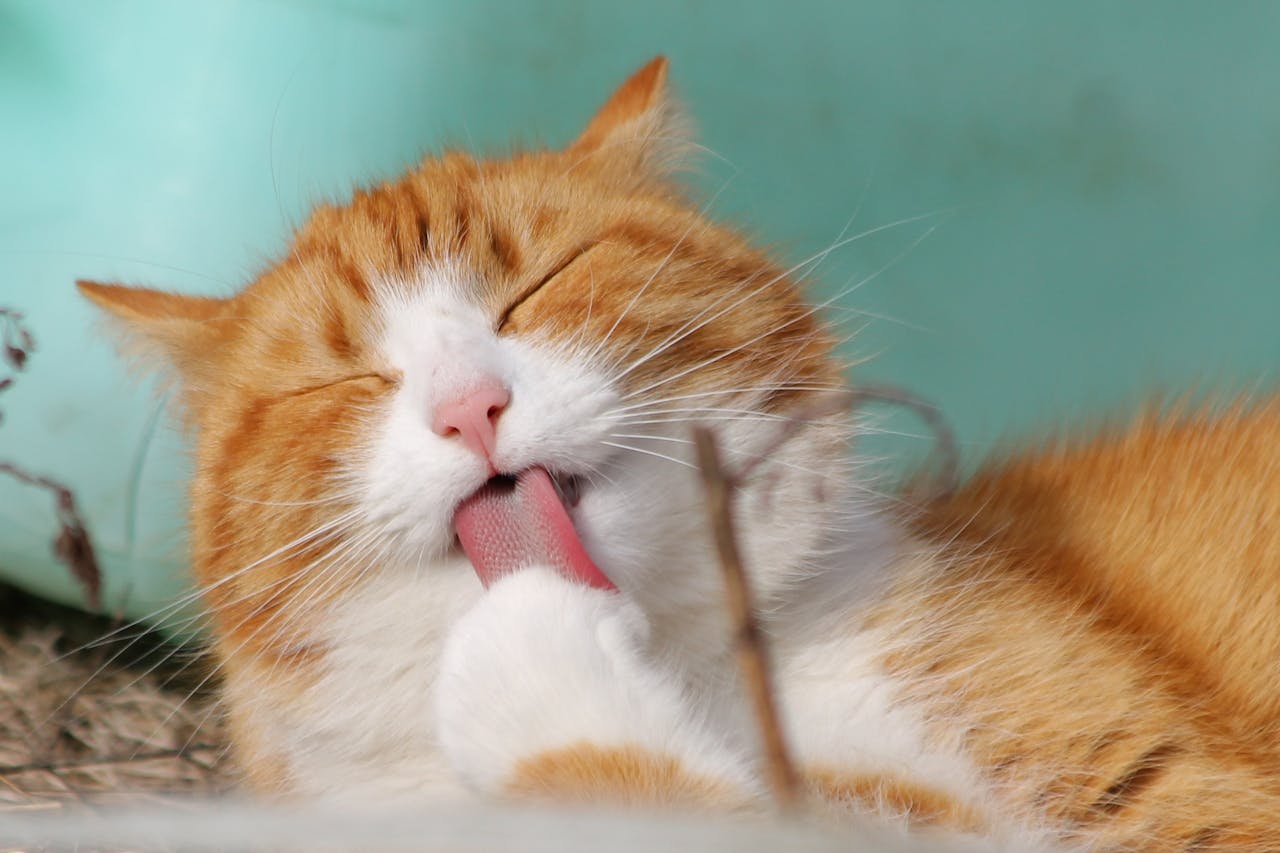Understanding and Managing Cat Behavior
Cats are fascinating, complex creatures with behaviors that can sometimes baffle their human companions. Whether you're a seasoned cat owner or new to the world of feline friends, understanding your cat's behavior is key to fostering a happy and healthy relationship. Here's a guide to help you decode common cat behaviors and manage them effectively.
Decoding Common Cat Behaviors


Purring: Purring is often associated with a content and happy cat, but it can also indicate other emotions. Cats may purr when they’re anxious, injured, or in pain as a self-soothing mechanism. Pay attention to the context in which your cat purrs to better understand their emotional state.
Kneading: Kneading, where a cat pushes its paws into a soft surface, is a behavior carried over from kittenhood. This action stimulates milk flow from their mother. Adult cats knead when they are feeling relaxed and content, marking their territory with scent glands in their paws.
Tail Movements: A cat’s tail is a powerful indicator of its mood. A tail held high typically signifies a confident and happy cat, while a tail puffed up might indicate fear or aggression. A tail that is slowly swishing back and forth can mean that your cat is annoyed or irritated, so it’s best to give them some space.
Scratching: Scratching is a natural behavior for cats, used to mark territory, stretch their muscles, and sharpen their claws. Providing appropriate scratching posts and pads can help save your furniture and keep your cat happy.
Addressing Undesirable Behaviors
Litter Box Issues: If your cat is avoiding the litter box, it could be due to several reasons: the box might be dirty, the location might be too noisy or inaccessible, or your cat might be experiencing stress or medical issues. Ensure the litter box is cleaned regularly and placed in a quiet, easily accessible location. If the problem persists, consult your veterinarian to rule out any health issues.
Aggression: Aggression in cats can be due to fear, territorial disputes, or overstimulation. It's important to identify the root cause. Provide plenty of enrichment and playtime to reduce boredom and stress. If aggression is directed towards other pets, ensure they have their own space and resources to minimize competition.
Excessive Meowing: Cats meow to communicate with their humans, and excessive meowing can be a sign of attention-seeking, hunger, or even health problems. Ensure your cat's needs are met and spend quality time with them. If the excessive meowing continues, a vet visit might be necessary to rule out medical issues.
Enhancing Your Cat's Environment
Providing Enrichment: Cats need mental and physical stimulation to stay happy and healthy. Interactive toys, puzzle feeders, and regular play sessions can help keep your cat engaged. Rotating toys and introducing new ones periodically can also prevent boredom.
Creating Vertical Space: Cats love to climb and survey their surroundings from high vantage points. Providing cat trees, shelves, or window perches can satisfy this instinct and give them a sense of security and control over their environment.
Ensuring Safe Outdoor Time: If you allow your cat outdoors, consider creating a safe, enclosed outdoor space like a catio. This can provide the benefits of fresh air and stimulation without the risks associated with free roaming. Alternatively, leash training can be a safe way to let your cat explore the outdoors.
Building a Strong Bond with Your Cat
Understanding Body Language: Learning to read your cat's body language can greatly improve your communication and strengthen your bond. Look for cues in their ears, eyes, and posture to gauge their mood and respond appropriately.
Consistent Routines: Cats thrive on routine and predictability. Feeding, playtime, and grooming should be done at regular times each day to provide your cat with a sense of stability and security.
Positive Reinforcement: Rewarding desirable behaviors with treats, praise, or playtime encourages your cat to repeat those behaviors. Avoid punishment, as it can lead to fear and anxiety, damaging your relationship.


Understanding and managing cat behavior is a rewarding aspect of cat ownership. By paying attention to your cat's signals, providing an enriching environment, and fostering a strong bond through consistent care and positive reinforcement, you can ensure your feline friend leads a happy, healthy, and well-adjusted life. Remember, patience and observation are key in decoding the mysteries of your cat’s behavior.












